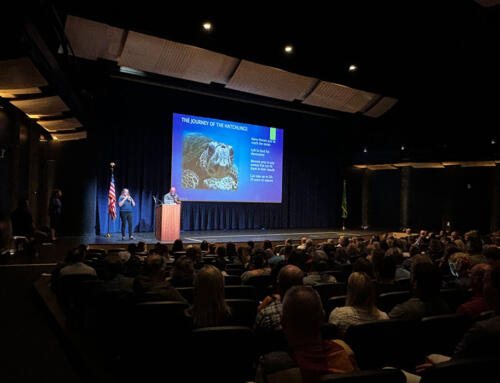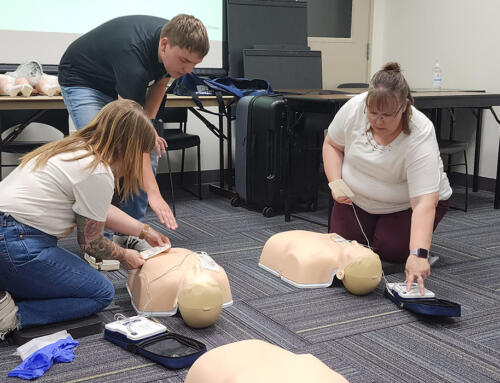The National Institute of Occupational Safety and Health (NIOSH) recently introduced a new tool to help school staff to identify and assess areas of dampness and mold in their school buildings.
The Dampness and Mold Assessment Tool provides a checklist and instructions for assessing and recording any damage related to dampness or mold and for tracking conditions through time. According to NIOSH, moisture and dampness problems may result from water incursion from either internal sources (e.g. leaking pipes) or external sources (e.g. rainwater). Dampness becomes a problem when various materials in buildings (e.g., rugs, walls, ceiling tiles) become wet for extended periods. Excessive moisture in the air (i.e., high relative humidity) that is not properly controlled with air conditioning can also lead to excessive dampness. Flooding also causes dampness. Dampness is a problem in buildings because it provides the moisture that supports the growth of bacteria, fungi (i.e., mold), and insects.
Health effects associated with exposure to building dampness and mold include:
- respiratory symptoms
- development or worsening of asthma
- respiratory infections
- bronchitis
- eczema
To view and download the document go to: https://www.cdc.gov/niosh/docs/2019-114/default.html




